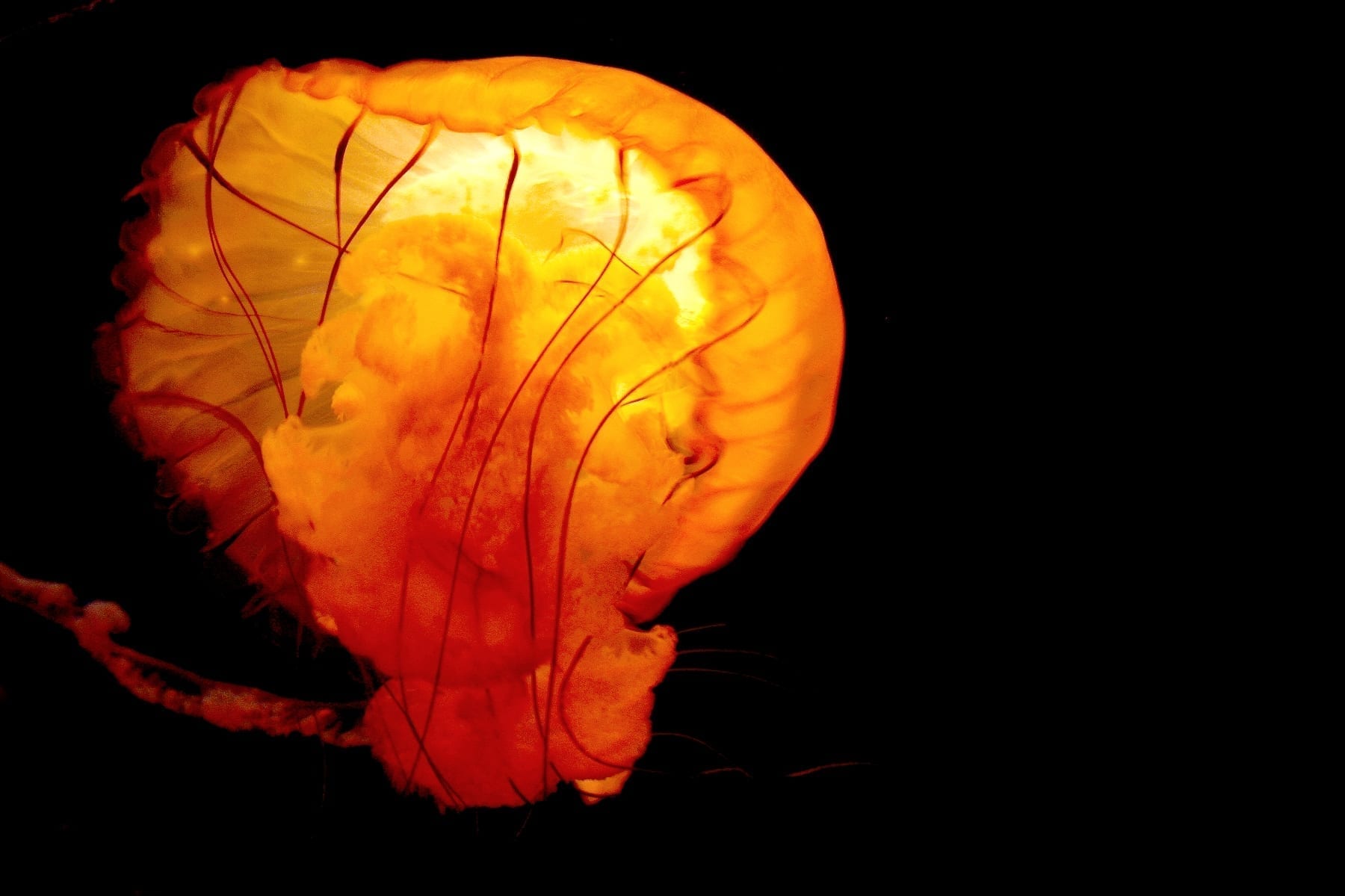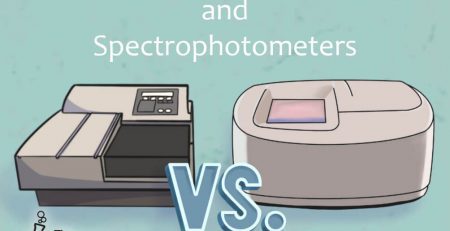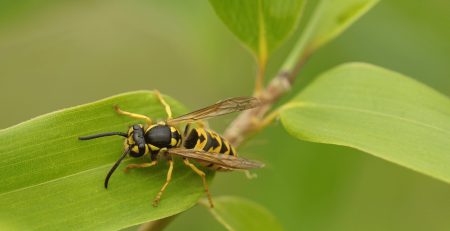Bioluminescence Surprisingly Prolific
When you think of bioluminescence there may be a few images that come to mind. Glowworm caverns of New Zealand, or the Bioluminescent Bay of Puerto Rico, or depending on where you are in the country, lightning bugs. This phenomenon comes from living organisms of producing light from their bodies. The occurrence is found in fish as well, and according to a recent study in the journal PLOS ONE, it’s more widespread than previously understood.
The authors of the study have found through genetic testing that out of the 14 different clads of fish, groups of fish sharing a common ancestor, bioluminescence has evolved independently 27 times.
“When things evolve independently multiples times, we can infer that the feature is useful,” said W. Leo Smith, co-author of the paper and assistant curator at the University of Kansas Biodiversity Institute. “You have this whole habitat where everything that’s not living at the top or bottom of the ocean or along the edges — nearly every vertebrate living in the open water — around 80 percent of those fish species is bioluminescent. So this tells us bioluminescence is almost a requirement for fishes to be successful.”
In fact, once this ability was developed within a species, there would be a trend of branching out into new species.
“Many fish proliferate species when they evolve this trait — they differentiate, but we don’t know why,” Smith said. “In the ocean, there are no physical barriers to separate groups of deep-sea fishes, so why are there so many species of anglerfishes, for example? When they start using bioluminescence for species recognition, they diversify into a lot more species.”
From here Smith and his two colleagues, Mathew P. Davis and John S. Sparks, will look to the mRNA of other species to see which genes are being expressed. With the information they collect, they hope to trace back where variations within the systems are and how they evolved.
You can read more about it here.














